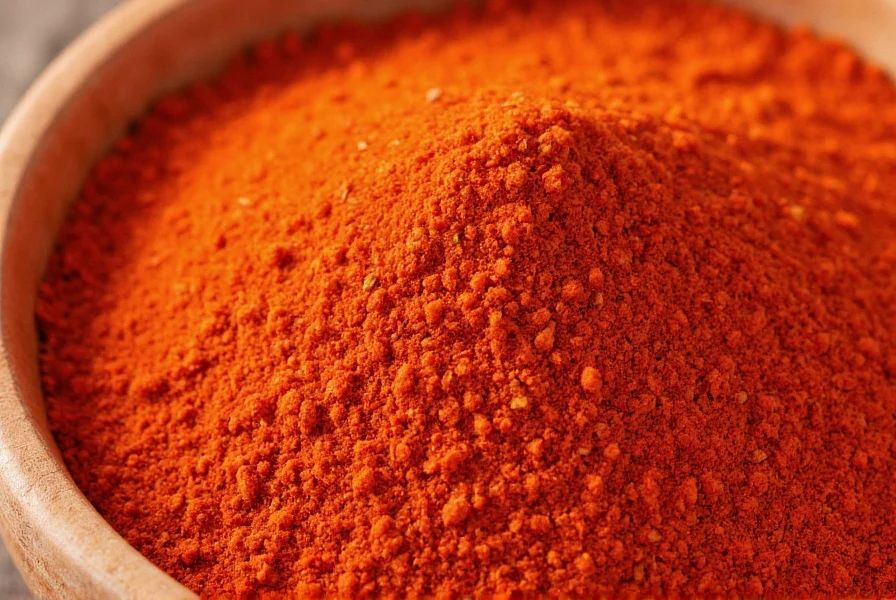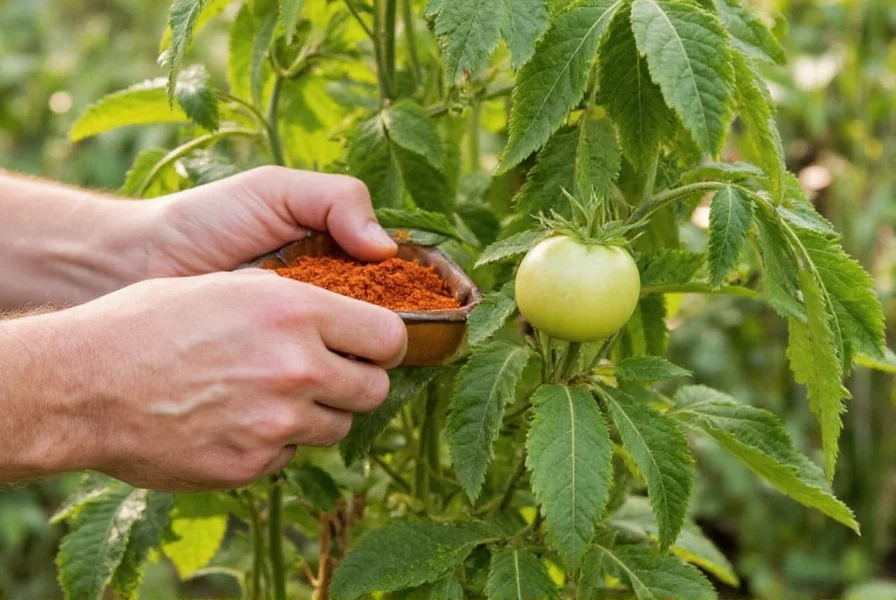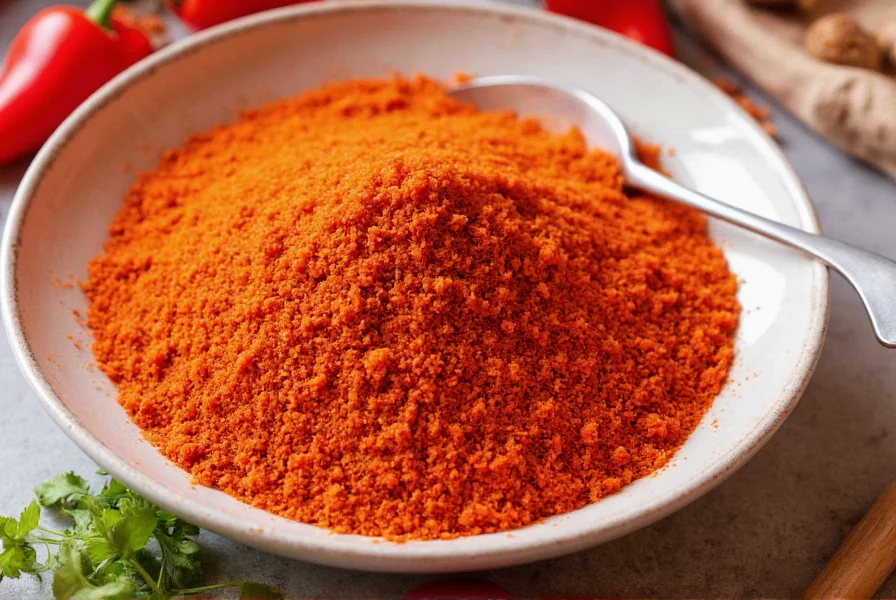Understanding what red pepper meal is and how to use it properly can enhance both your culinary creations and garden management. This comprehensive guide explores the science-backed facts about this versatile ingredient, separating myth from reality while providing practical applications you can implement immediately.
What Exactly Is Red Pepper Meal?
Red pepper meal represents a coarse grind of dried red peppers, typically made from varieties of Capsicum annuum that have reached full maturity and been dehydrated. The production process involves harvesting ripe red peppers, removing stems and seeds, then air-drying or using low-temperature dehydration methods before grinding to a coarse consistency.
Unlike finely powdered spices, red pepper meal maintains visible pepper fragments and has a more rustic texture. This characteristic makes it particularly valuable for certain applications where texture matters, such as in garden pest deterrents where the coarse particles adhere better to plant surfaces.

Nutritional Composition and Health Benefits
Red pepper meal contains several valuable nutrients that contribute to overall health. A single tablespoon (6g) typically provides:
| Nutrient | Amount per Tbsp | % Daily Value |
|---|---|---|
| Calories | 17 | 1% |
| Vitamin C | 48mg | 53% |
| Vitamin A | 1500IU | 30% |
| Vitamin B6 | 0.2mg | 10% |
| Iron | 0.6mg | 3% |
The primary bioactive compound in red pepper meal is capsaicin, which research shows may support metabolic health, reduce inflammation, and provide pain relief when used appropriately. Unlike isolated capsaicin supplements, red pepper meal delivers these compounds alongside complementary nutrients that enhance bioavailability.
Culinary Applications of Red Pepper Meal
Chefs and home cooks value red pepper meal for its distinctive flavor profile that combines mild heat with subtle fruitiness. When exploring how to use red pepper meal in cooking, consider these applications:
- Rubbing meats - The coarse texture helps create a flavorful crust on grilled or roasted meats
- Enhancing sauces - Adds depth to tomato-based sauces, stews, and soups without overwhelming heat
- Seasoning vegetables - Particularly effective when roasted with root vegetables or potatoes
- Baking applications - Can be incorporated into savory breads and crackers for subtle heat
When substituting red pepper meal in recipes calling for other pepper products, remember that it generally has a milder heat level than cayenne pepper but stronger than sweet paprika. For red pepper meal vs cayenne pepper substitutions, use approximately 1.5 times more red pepper meal to achieve similar heat levels.
Gardening and Agricultural Uses
Beyond the kitchen, red pepper meal serves as an effective natural pest deterrent in organic gardening practices. Gardeners seeking red pepper meal for garden pest control applications should understand proper usage:
The capsaicin in red pepper meal irritates soft-bodied insects like aphids, spider mites, and whiteflies without harming beneficial insects when applied correctly. To create an effective spray:
- Mix 1-2 tablespoons of red pepper meal with 1 quart of water
- Add 1 teaspoon of liquid soap as an emulsifier
- Let steep for 24 hours
- Strain and spray on affected plants (avoiding direct sunlight application)
This solution remains effective for approximately 5-7 days before reapplication is needed. Unlike commercial pesticides, red pepper meal solutions break down naturally without leaving harmful residues.

Safety Considerations and Proper Handling
While generally safe for culinary use, understanding is red pepper meal safe for consumption requires attention to proper handling:
- Always wear gloves when handling concentrated red pepper meal to prevent skin irritation
- Avoid contact with eyes or mucous membranes
- Start with small amounts in recipes and adjust to taste preference
- Store in airtight containers away from light and moisture
- Keep away from children and pets, especially in concentrated forms
Individuals with gastrointestinal sensitivities should consult healthcare providers before consuming red pepper meal regularly. Those with known pepper allergies should avoid it completely.
Storage and Shelf Life Optimization
Proper storage significantly impacts the longevity of red pepper meal storage tips. To maximize freshness and potency:
- Store in opaque, airtight containers to prevent light exposure
- Keep in a cool, dry place away from heat sources
- Refrigeration can extend shelf life to 18-24 months
- Freezing preserves potency for up to 3 years
- Check for color fading or loss of aroma as indicators of degradation
Unlike finer powders that lose potency quickly, the coarser texture of red pepper meal helps preserve volatile compounds longer, making proper storage even more valuable for maintaining quality.
FAQ Section
What's the difference between red pepper meal and cayenne pepper?
Red pepper meal typically has a milder heat level (500-2,500 Scoville units) compared to cayenne pepper (30,000-50,000 Scoville units). Red pepper meal is made from various red pepper varieties with a coarser grind, while cayenne is specifically made from cayenne peppers and usually ground finer. Culinary applications differ due to these heat and texture variations.
Can red pepper meal be used as a natural insect repellent?
Yes, red pepper meal serves as an effective natural insect repellent in gardening. The capsaicin irritates soft-bodied pests like aphids and spider mites. Create a spray by mixing 1-2 tablespoons of red pepper meal with 1 quart of water and 1 teaspoon of liquid soap. Apply to plants every 5-7 days for continued protection without harmful chemical residues.
How long does red pepper meal stay fresh?
When stored properly in an airtight container away from light and heat, red pepper meal maintains optimal quality for 12-18 months. Refrigeration extends this to 18-24 months, while freezing can preserve potency for up to 3 years. Signs of degradation include faded color, loss of aroma, and diminished heat level.
Is red pepper meal safe for pets?
Red pepper meal is not recommended for direct application on pets or in their food. While small amounts in garden applications won't typically harm pets, concentrated exposure can cause irritation to their eyes, nose, and paws. Keep pets away from treated areas until sprays have dried completely, and consult a veterinarian before considering any dietary use.
Can I make red pepper meal at home?
Yes, you can make red pepper meal at home by drying ripe red peppers (like bell peppers or mild chili varieties) in a food dehydrator or low-temperature oven, then grinding them to a coarse consistency. Home preparation allows control over heat level and ensures no additives. Wear gloves during processing to protect your skin from capsaicin exposure.











 浙公网安备
33010002000092号
浙公网安备
33010002000092号 浙B2-20120091-4
浙B2-20120091-4